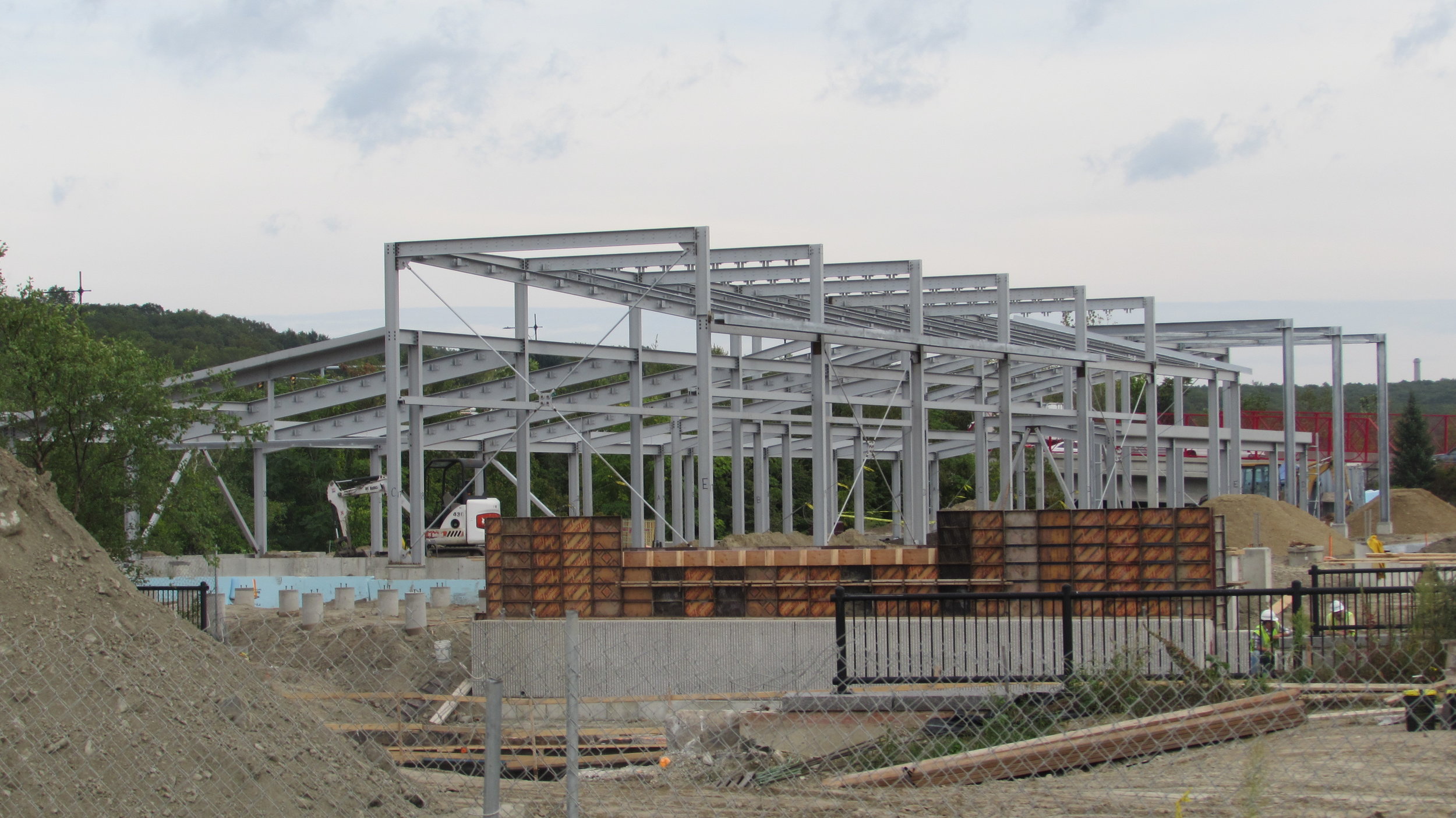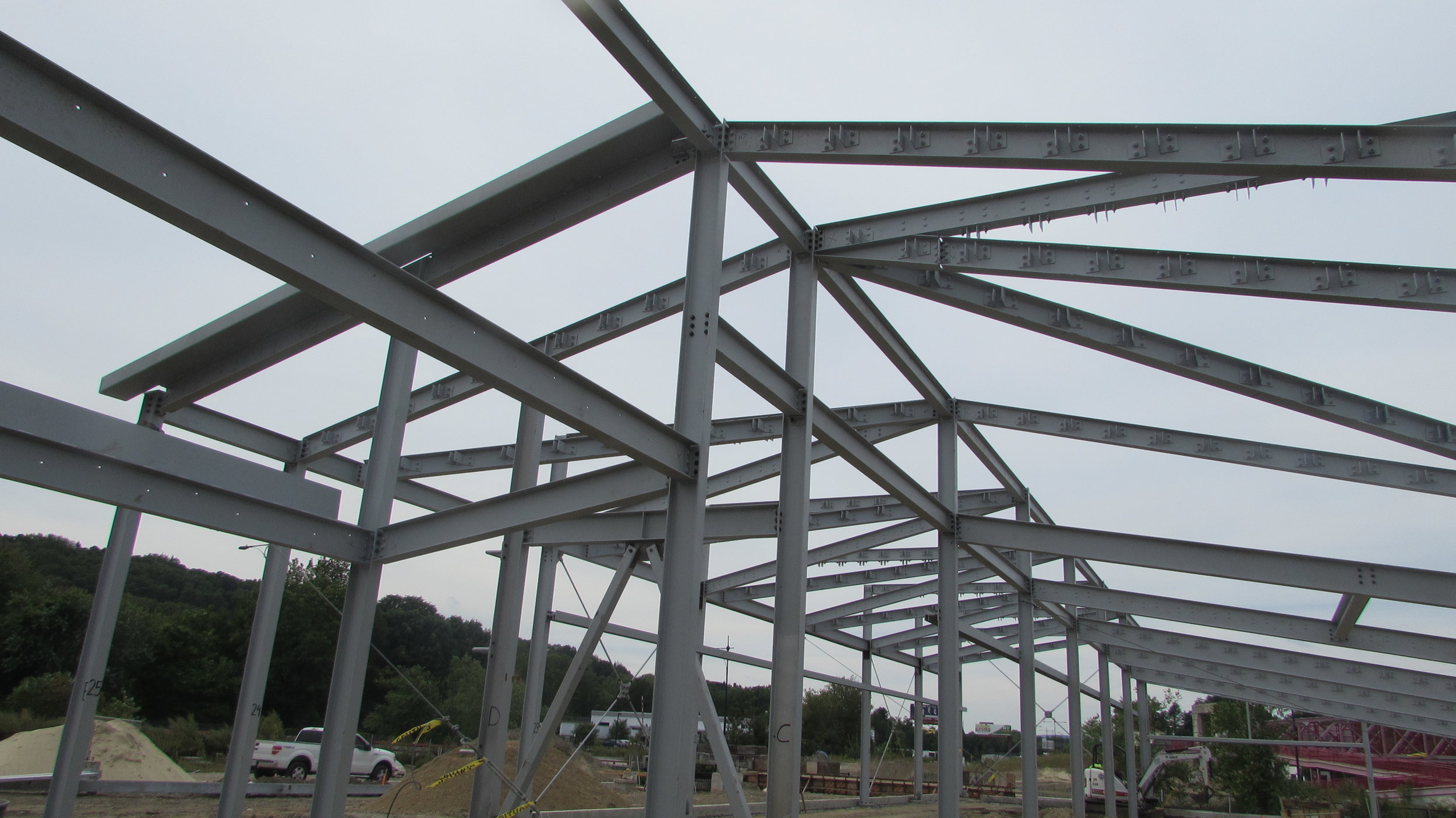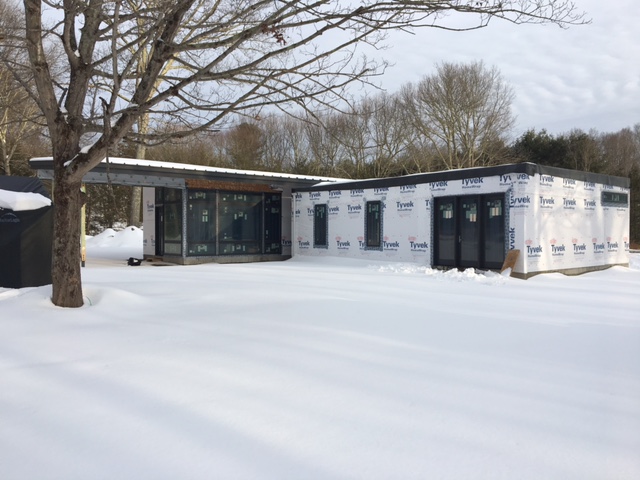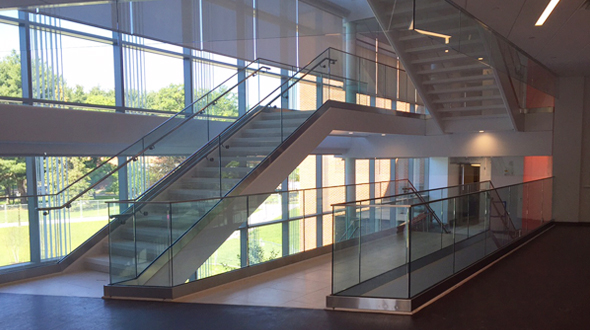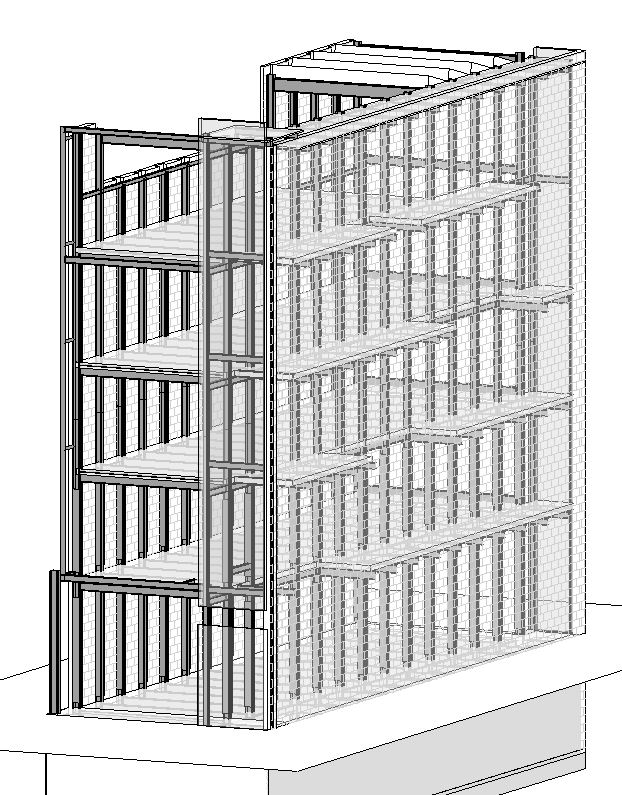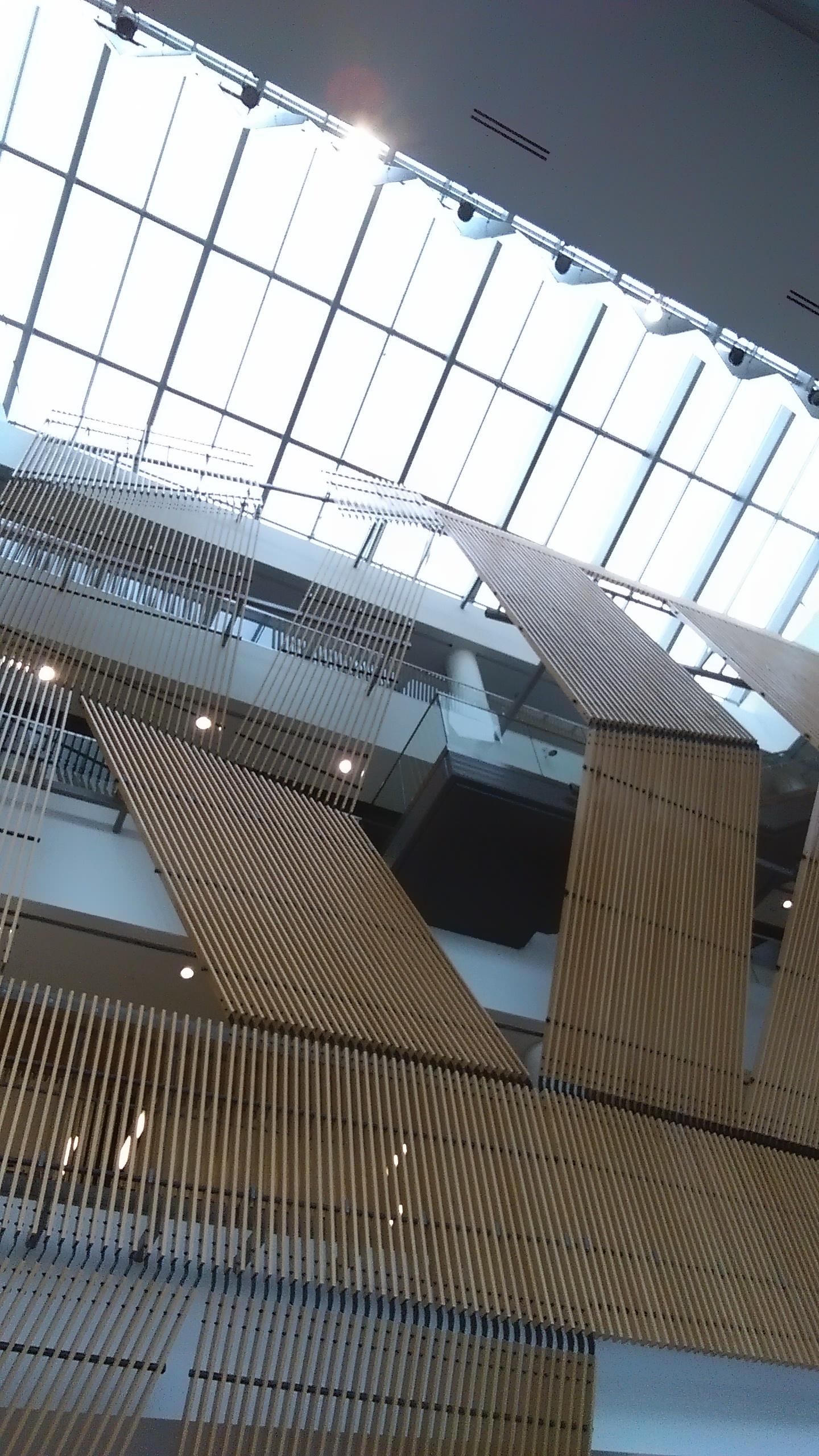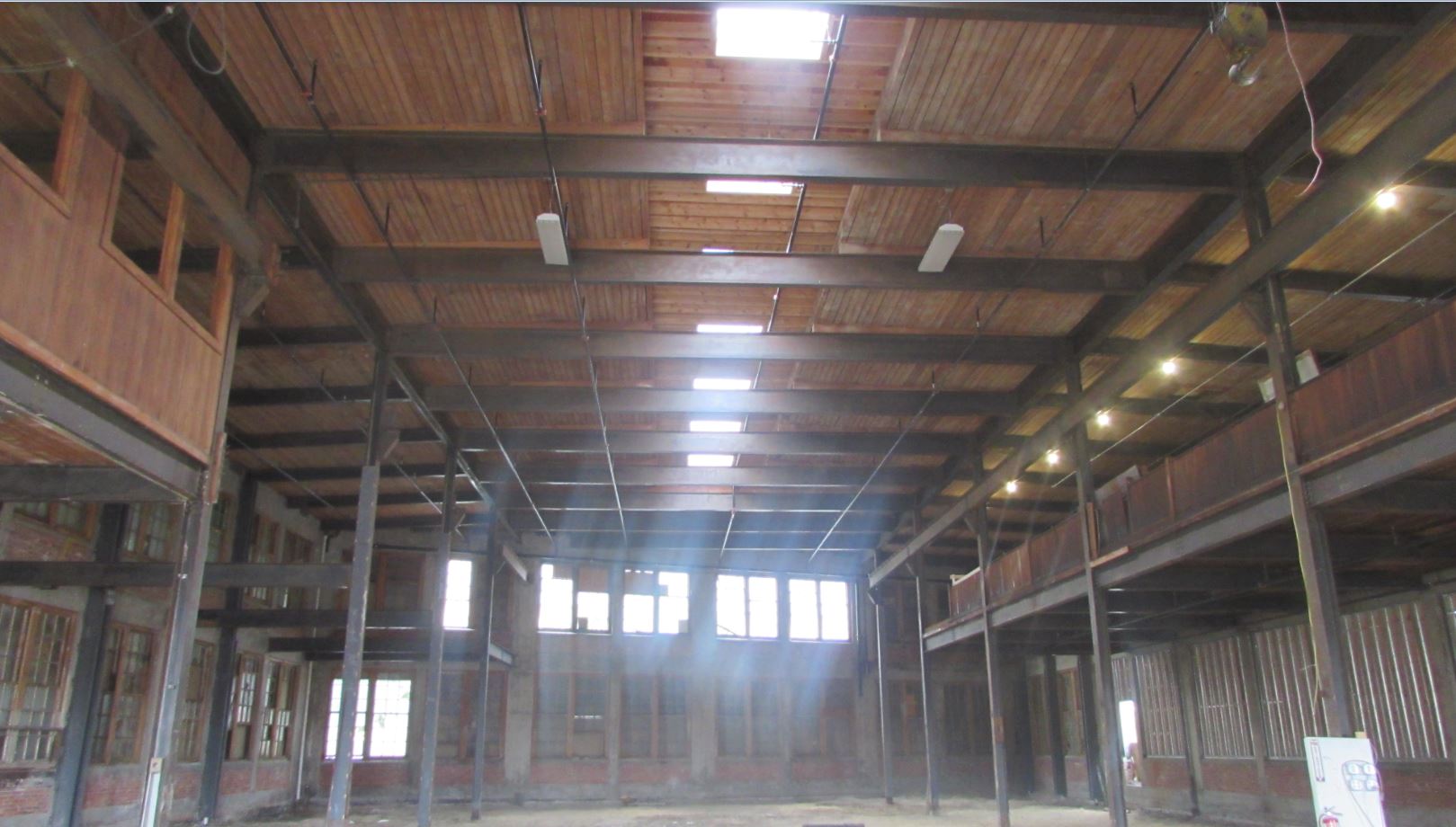Steel School: Practical Wisdom from 3 Industry Experts
3.0 SEAMASS-Certified PDHs
On October 9, SEAMass is hosting Steel School, an informative three-part seminar that will cover several aspects of designing with and working with steel.
Braced Frames, Moment Frames and Cantilevers
Presenter: Erik Nelson | Structures Workshop
• Lateral systems, axial thru forces, collector forces with amplification, and R factors
• Simple design advice on when axial forces are too high for beam web connections and when moment designation should be used
• Load paths on axial thru forces and moments on stiffener welds within the column web.
• Stiffeners and doubler plates within moment frames, a discussion
• Larges difference in connection review and design of cantilevers vs lateral moment connections– what to look out for










